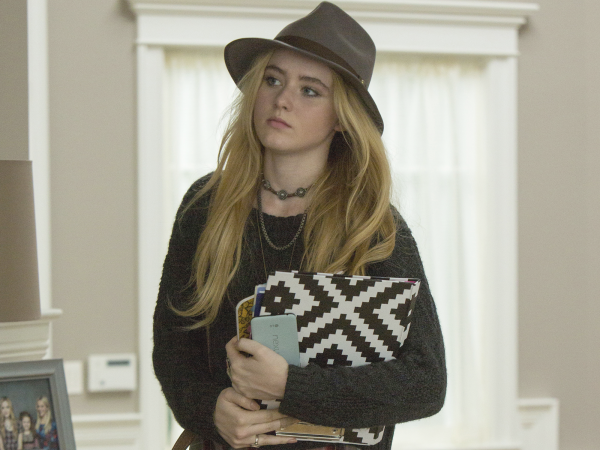Big Little Lies Protecting White Virginity

[Content warning: this piece includes general discussion of rape and domestic violence.]
Maybe every rich little white girl should auction off her virginity in support of Amnesty International, the way Abigail Carlson (Kathryn Newton), teenage daughter of HBO’s Big Little Lies protagonist Madeline Mackenzie, proposes to do.
Abigail’s plot line gained little more than an eye-roll in popular analysis lauding the mini-series as a vision of female solidarity telling a vital story about abuse. Initially, I would tend to agree that Abigail’s pursuit of justice for child sex slaves is nothing more than a pulpy side-line trotted out for shock value. After all, Big Little Lies is famed prime time soap opera producer David E. Kelley’s project. And, as the perennially popular Law & Order: SVU franchise demonstrates, narratives exploiting child sex trafficking victims are reliable fodder for ratings.
But Big Little Lies deserves a more subtle read. Everything about it is meticulously intentional, from the melancholy pop soundtrack to the pristine landscape of the surf, suggesting sinister undercurrents to all that is pretty on the surface of the idyllic Monterrey community setting. The show was adapted from a book of the same name by Liane Moriarty published in 2014. Kelley was necessarily selective about which elements from the 460-page novel made it to television. Notably, Bonnie Carlson’s backstory 1 was not included in the series, nor was there a broader exploration of her character development as there was in the book. Her identity was also changed from a white woman in the novel to a Black woman in the series—the only significant Black character in the series—and the setting was relocated from Australia in the book to the upper-class U.S. coastal community of Monterey on-screen. Rather than treating these as auteurial afterthoughts, these changes are better understood as instrumental choices in adapting the central point of the work for television.
[Spoilers after the jump]
